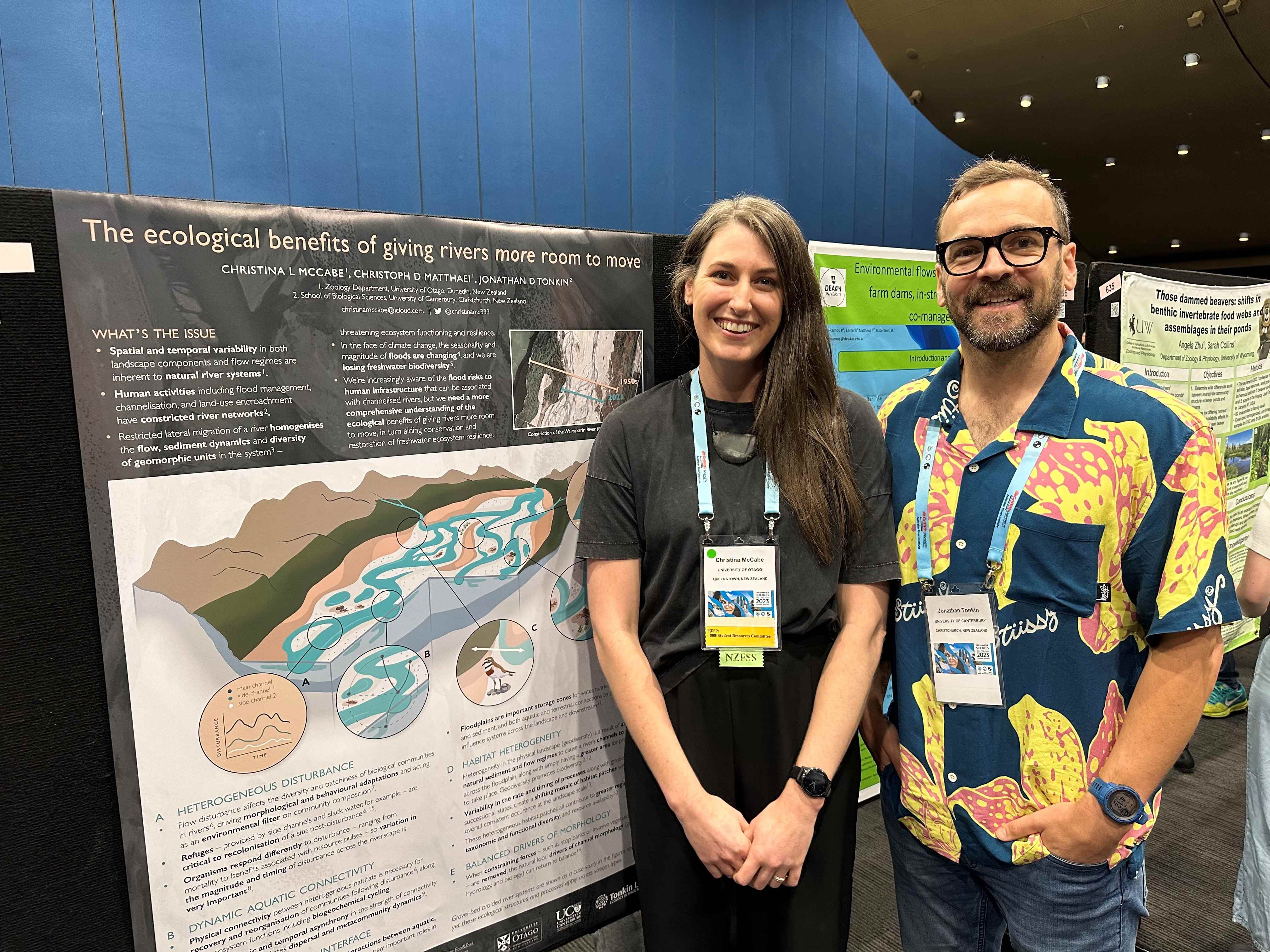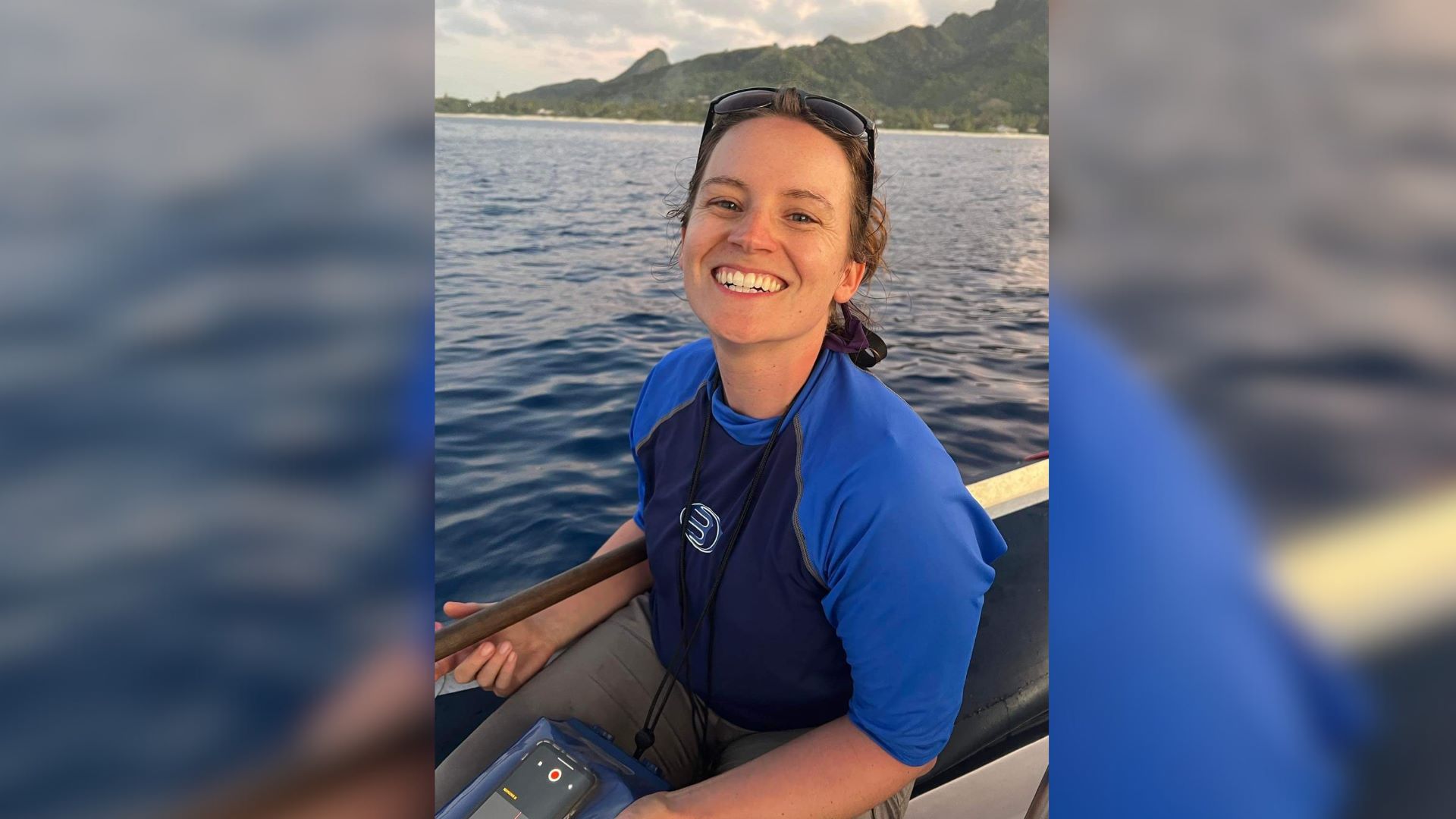Relaxing border restrictions for travellers from low COVID-19-risk countries would increase the risk of community cases in New Zealand by around 25%, says an article published today in the New Zealand Medical Journal.
This might not sound like a big increase in risk, but it means breaches like the one at the Pullman Hotel in Auckland last month will occur 25% more frequently.
This increases the chance of a community outbreak and the possibility that an alert level change would be needed to contain it.
With new more transmissible variants and more COVID-19 cases worldwide than ever before, this adds up to a significant risk.
Risk from isolation facilities
The work in the article builds on a mathematical model (originally developed by our team) to estimate the chances of community cases arising from our managed isolation facilities.
There is a small risk an infected traveller might arrive in managed isolation, return two negative tests, but be released after 14 days while still infectious.
The gold-standard nasal swab PCR test is good, but it can miss cases, especially in people who are early or late in the course of their infections.
So far, we haven’t seen this happen in New Zealand’s managed isolation system even though more than 100,000 people have passed through.
Risk from new arrivals
Instead, New Zealand’s problems in managed isolation have been caused by infected arrivals who go on to infect other guests or workers in the facility. Someone who picked up an infection in the last few days of their stay would leave the facility at their most infectious.
This is what happened last week at the Pullman, where during their stay several people were infected with the B.1.351 variant first identified in South Africa. We were lucky this incident didn’t spark a community outbreak.
Right now, we believe we need to do everything we can to reduce the risk of this type of breach, otherwise another lockdown will become an inevitability.
The authors of the study claim the recent requirement for a pre-departure test will mitigate this risk. But pre-departure tests are not perfect and many travellers have already been taking these because they were required to by their airline or the country through which they transited. This alone is not enough.
We need the vaccinations
Once vaccines start to be more widely available, cases worldwide should start to drop to levels where a risk analysis like the one laid out in this new article will become useful. This will need to be accompanied by high vaccination rates here in New Zealand so our population is protected against the virus.
But we would not recommend using this recent risk analysis because it uses COVID-19 case numbers and fatality rates to estimate how prevalent the virus is in different countries.
This is not a reliable approach because it tells us how prevalent COVID-19 was two to three weeks ago, and by taking a country-wide average it could mask major variations within a country.
If we had been using this methodology last winter, Melbourne’s outbreak in June may well have spread here by the time border restrictions were brought back.
Instead, it would be better to use other indicators that give a more up-to-date and precise picture of COVID-19 hotspots. These would need to include how reliable a country’s COVID surveillance system was.
It will also be crucial to recognise the risk of people catching COVID-19 on their journey to New Zealand.
In-flight passenger transmission
The new study uses a very low estimate of the risk of in-flight transmission, whereas we know it is possible for a significant number of passengers to get infected on a long-haul flight.
People travelling from a low-prevalence country will often be on the same plane as others from high-prevalence countries, and this means there is a significant infection risk for everyone on the flight.
Many of us with friends and family across the Tasman have been looking forward to a travel bubble with Australia. Air New Zealand — which helped fund this new study — would also like to see an increased flow of travellers.
At the moment, we could allow visitors from Australia to enter with little extra risk as there are very few cases in the community there.
But — and it’s a big but — a travel bubble with Australia would free up places in managed isolation that might be filled by travellers from higher-risk countries. This would increase the chances of a serious border breach.
Right now, a travel bubble with Australia would need to be accompanied by a reduction in managed isolation capacity to not increase the risks of a community outbreak here in New Zealand.
It makes sense to have a risk-based border system based on the current rate of COVID-19 in different countries and we will need a framework of this type to relax border restrictions once the world begins to emerge from the pandemic.
But COVID-19 is more prevalent now than at almost any point in the past. At the moment, we need to do everything we can to reduce the risk of importing COVID-19 into the community, rather than take on additional risk.
As more dangerous variants of COVID-19 emerge, many other countries are tightening their border restrictions not relaxing them.
This article was originally published on The Conversation.










